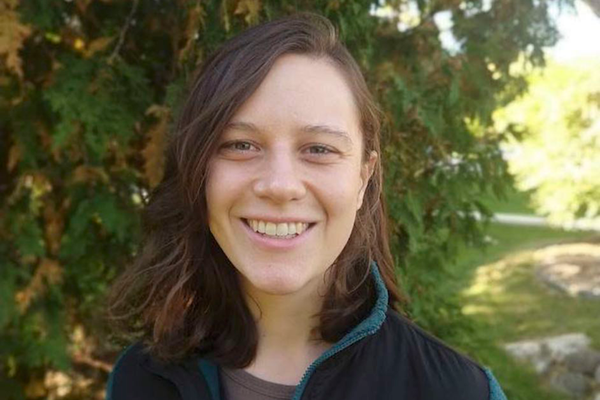Snow thermal conductivity and conductive flux variability during the MOSAiC winter

Anne Sledd
CIRES and NOAA Physical Sciences Laboratory
JOIN THE WEBINAR:
Tuesday, Nov 22, 2022, 2:00 pm MT
GoTo MeetingAbstract
In order for sea ice to grow in the Arctic, energy must be conducted from the bottom of the ice and released to the atmosphere. This conductive flux depends on both temperature gradients through sea ice and snow as well as their thermal conductivities. While snow thermal conductivity can vary in both space and time, most forecast and climate models that include snow on sea ice use a single value for snow thermal conductivity. This talk first presents a short sensitivity study with varying snow thermal conductivity in a regional forecast model, the Coupled Arctic Forecast System (CAFS). Varying snow thermal conductivity impacts not only the conductive flux but also the upwelling longwave and turbulent heat fluxes as well as their sensitivity to atmospheric forcing. Novel observations from the Multidisciplinary drifting Observatory for the Study of Arctic Climate (MOSAiC) expedition are then used to derive estimates of snow thermal conductivity and conductive fluxes. The temporal variability of conductive fluxes is largely driven by atmospheric conditions, namely the presence of clouds. Differences in thermal conductivity combined with sea ice and snow thickness differences create spatial variability in conductive fluxes, and these spatial differences further modulate the sensitivity of conductive fluxes to atmospheric forcing across sites. Relationships between conductive fluxes and environmental factors from observations are used to further evaluate CAFS.
Speaker Bio: Dr. Sledd is a postdoctoral researcher at CU Boulder and NOAA's Physical Sciences Laboratory in Boulder. Her research interests are focused on Arctic variability and change. Currently she is studying the Arctic surface energy budget using observations from the MOSAiC expedition and models. During her PhD at the University of Wisconsin-Madison she used satellite observations and global climate models to investigate the variability and trends of solar radiation reflection and absorption in light of recent sea ice decline in the Arctic.
Seminar Contact: psl.seminars@noaa.gov